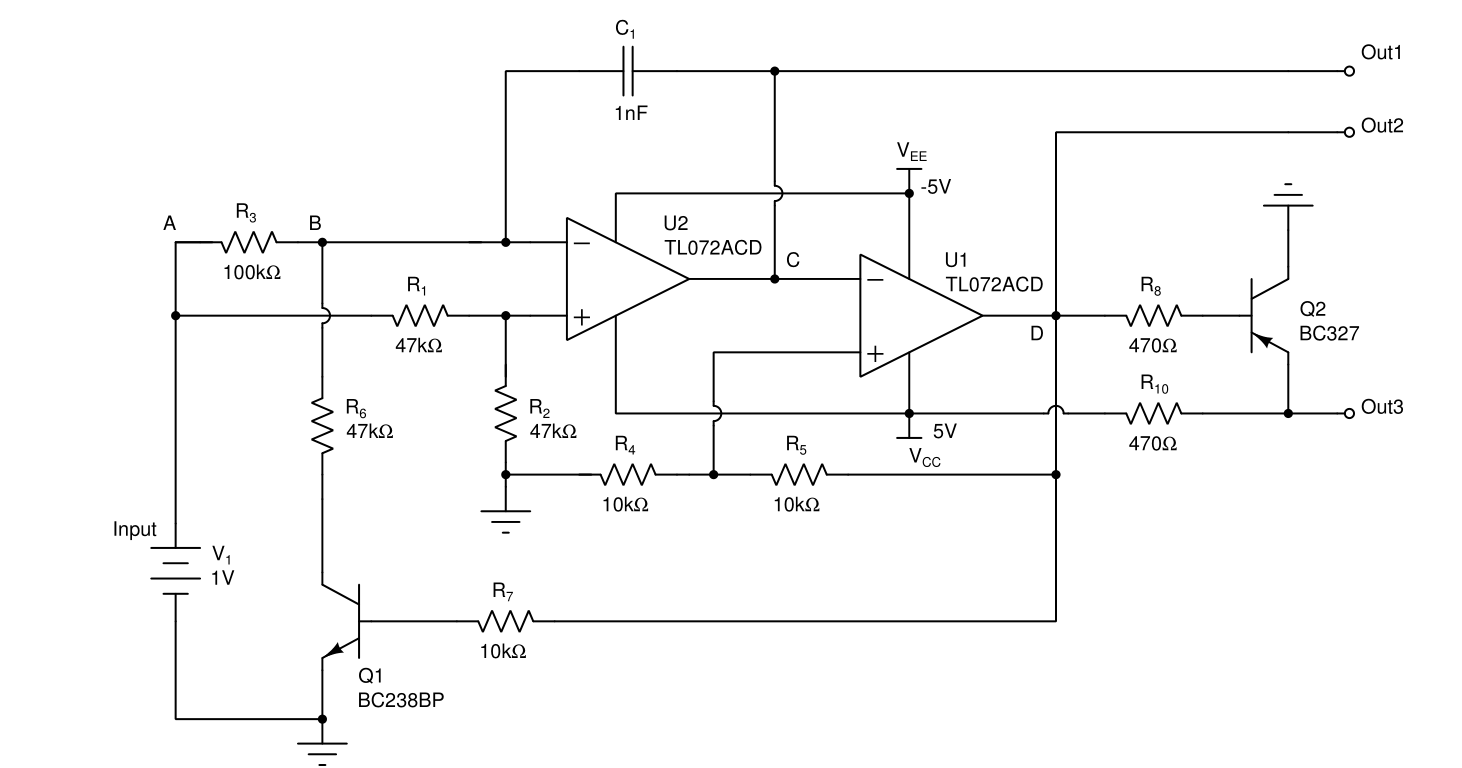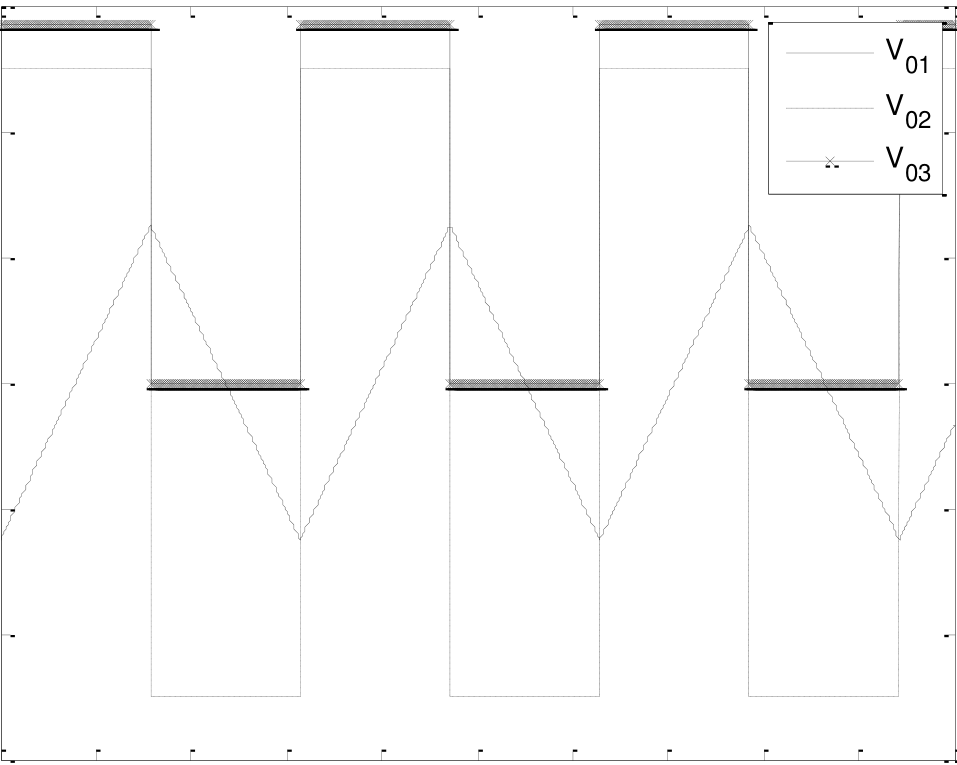You're over-worrying about the NPN transistors' specifications.
A "bc238" or "bc238pb" are basically all BC238.
In 999 our of 1000 circuits that use a BC238 you can use any BC238 from any manufacturer with whatever suffix and you will not notice the difference.
As a circuit designer I dare to say that in that one out of 1000 circuits where you do notice the difference, that that one circuit is badly designed.
Look at this BC238 datasheet from Fairchild and look op what the \$h_{fe}\$ value (the current amplification factor) is of this BC238. These are the values:
BC238A: 120 - 220
BC238B: 180 - 460
BC238C: 380 - 800
Wow, those are huge ranges! How can we ever design accurate circuits with that?
Well, a properly designed circuit just assumes that \$h_{fe}\$ has the lowest value. The circuit should work with that so here that would be \$h_{fe}\$ = 120. When \$h_{fe}\$ is higher than that, less base current should flow and that should not be an issue.
This sounds harder to do that it is, designers have been making circuits that behave like this since the NPN transistor was invented. If you make the circuit that provides the base current such that only 10% of the current flows into the base (and 90% is "wasted") then you will have such a circuit. If the base current then doubles, the ratios become 20% vs 80 %. That should be no big deal.
My point: forget about the actual suffixes and focus on a robust circuit that will work with almost any NPN transistor.
As a designer the parameters I pay attention to when choosing an NPN transistor are:
- minimum \$h_{fe}\$
- maximum collector current \$I_C\$
- maximum collector - emitter voltage \$V_{CE}\$
- maximum power dissipation
For high frequency designs I will check the gain-Bandwidth product \$f_t\$ as well.
If those values are close enough to what I need, the transistor can do the job.


